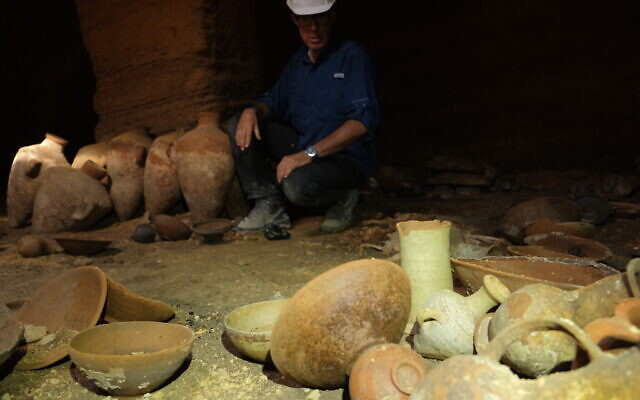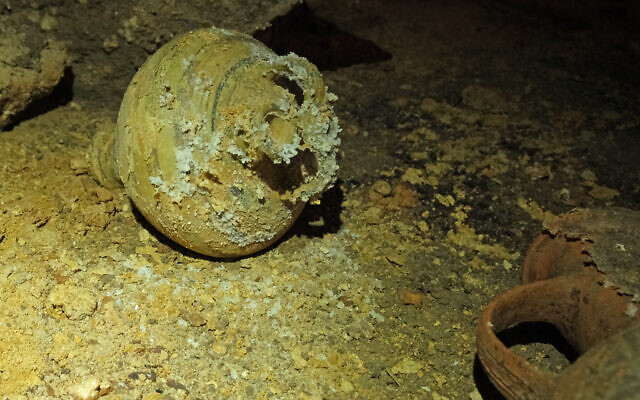A burial cave dating back to the ancient Egyptian Pharaoh Rameses II was discovered by a team of archaeologists in Israel. They found pottery pieces and bronze artefacts dating back to the reign of the ancient Egyptian king who died in 1213 B.C – the late Bronze Age.
The archaeologists found themselves back in time inside the 3,300-year-old cave – a place where no man has walked for more than three millennia. The Israel Antiquities Authority said the cave was spotted when a rock shifted during the course of construction work, prompting light to fall on an intact burial assembly about 2.5 meters below. IAA's Uzi Rothschild described it as "simply amazing". He said there are jars inside the jars, "unbelievable".

Once-in-a-lifetime Find
Eli Yannai, IAA Bronze Age expert, in an official statement said the discovery is a "once-in-a-lifetime find". He said it's not every day that you walk onto an Indiana Jones set – a cave with tools on the floor that haven't been touched for 3,300 years!
The IAA believes the vessels were imported from Lebanon, Syria and Cyprus. Yannai shared that it was common for burial assemblages of the era. He revealed that dozens of pottery vessels of different sizes and shapes were found, including deep and shallow bowls, some of which are painted red, some holding bones; cooking pots; jugs and clay oil lamps that still held their burnt wicks. The expert said other organic material may have disintegrated over the millennia, including a likely quiver that had an array of bronze arrowheads, or spearheads that were found in the cave.
The Biblical Villain – Rameses II
The cave dates back to the 13th century BCE, the period that most date the biblical exodus story wherein King Rameses II is narrated as the hard-hearted pharaoh who would not let Prophet Moses's people go. He is renowned for his extensive building programs, and for the colossal statues of him found all over Egypt.
Yannai said in the long reign of the 19th Egyptian Dynasty Pharoah Rameses II, the Egyptian Empire controlled Canaan, and the Egyptian administration provided secure conditions for extensive international trade. He outlined that the economic and social processes are reflected in the burial cave that contains pottery vessels imported from Cyprus and Ugarit.
According to the Bible, Rameses II was very cruel and it was prophesized that someone (Prophet Moses) would be born and take his place.

The Cave
Yannai said the fact that the cave was sealed and not looted in later periods allows researchers to use scientific means to extract a great deal of information from the objects and materials that survived in them, and which are not visible to the eye, including inorganic materials. He believes the cave can provide a complete picture of burial customs in the Late Bronze Age.









